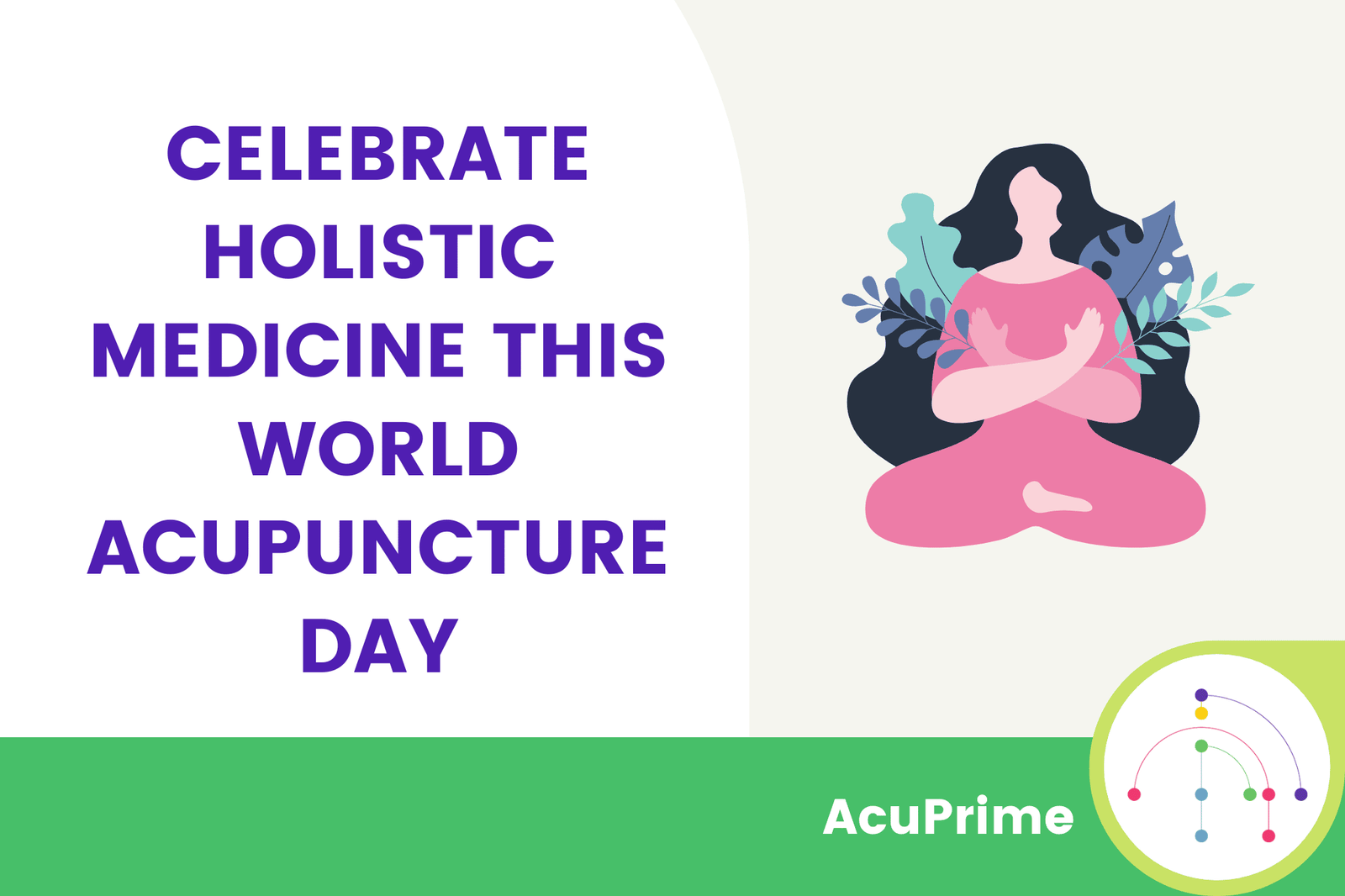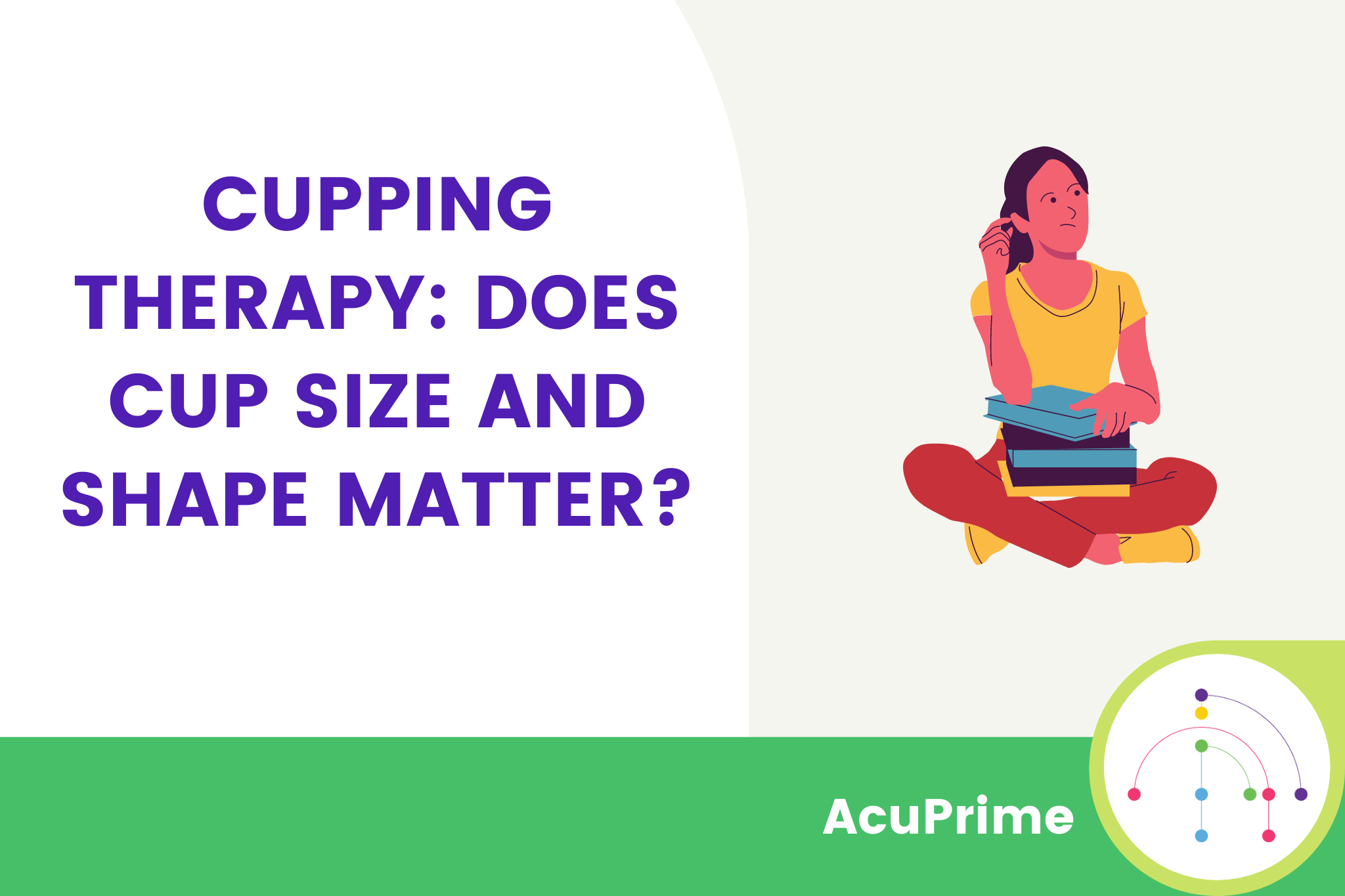With an increasing percentage of people either working from home or housebound due to furlough and lockdown regulations, we are moving less and less as a nation. No longer even needing to walk from the car park to our offices, no longer going out at lunch to meet a friend or grab a sandwich and no longer having the freedom to ‘just pop out’, we’ve become more sedentary and we were already an alarmingly sedentary nation.
Sitting down for long periods of time can cause and contribute to lower back pain. Our bodies have evolved to move, not be sat in one position all day long. Yet, with fewer opportunities to move around during the course of each day and many people working with less-than-ideal desks and chairs, lower back pain can easily get out of hand.
In this article, we’ll look at some ways you can deal with lower back pain caused by sitting.
Why does sitting cause or contribute to lower back pain?
There are many reasons for lower back pain and often it’ll be caused by a mixture of factors. One of the common reasons is muscular weakness. The more we sit, the weaker our muscles get, particularly if we always sit in the same position, which can cause tightness or excessive looseness in one particular place.
Muscles, tendons and ligaments are all affected by each other and need to remain in balance for our bodies to move as they should. If one muscle group is tight, it will negatively affect those around it, pulling others out of position. This is especially clear in the lower back, which can be affected by tight leg muscles and tendons that pull the hips into the wrong position.
Aside from weak muscles (glutes and quads being common areas of sitting-related weakness), sitting for prolonged periods tends to put increased pressure on discs in the spine. Discs can be pushed out of place, weakened, worn away and tear and bulge. This can cause significant pain and is often a gradual process that gets worse.
5 ways to combat lower back pain
Lower back pain is experienced by 60-70% of adults in the industrialised world but that doesn’t mean you have to put up with it. In fact, back pain caused by sitting is within your control.
1# Move often
The simplest way to reduce the risk of back pain and help the pain you have is to move often. When you’re sat down, at a desk or even watching TV, try to move regularly. This might mean frequently changing position in your chair, sitting on your heels for ten minutes and then shifting to cross-legged or with the feet on the floor.
If you find it challenging to adopt some of these positions, remember that the more you move, the more flexible you’ll become. Every 20 or 30 minutes, get up and walk around. Go to the bathroom, put something away, look out the window or make yourself a cup of tea. Just a minute or two of standing and moving about can have dramatic benefits and keeps the body loose.
2# Try Yoga
Yoga has so many benefits it’s hard to know where to begin. For our purposes here though, it’s biggest benefits are that it’s available to everyone at any fitness or flexibility level, it doesn’t require any cost and it uses every muscle in the body.
There are plenty of free yoga classes online, particularly on YouTube, making it perfect to do in the comfort of your own home. You can also find free yoga classes specifically aimed at lower back pain, like this one from Yoga with Adrienne.
3# Exercise every day
One of the reasons for lower back pain is weak muscles and tendons, particularly glutes, abs and hamstrings. To reduce pain and prevent it in the future, it’s important to strengthen these. Exercises like walking, running, cycling and swimming are all fantastic for strengthening these areas but if you have to stay at home, there’s still plenty you can do.
Check out our post on 10 free online workout platforms and videos that you can do in the comfort of your own home. The stronger you get, the less discomfort you’ll feel and the more you might find you enjoy going for walks and runs, further reducing the risk of lower back pain.
4# Try acupuncture
Acupuncture has long been used to manage lower back pain and release the tension we often hold there. Numerous studies have shown that acupuncture provides short term relief from lower back pain which means it can enable sufferers to begin physical rehab and strength training exercises without pain.
Acupuncture should always be conducted by a professional but if clinics are closed, self-massage at certain acupressure points can also be of great help in reducing pain.
5# Eat a Healthy Diet
A healthy diet high in whole, plant-based foods might not be the first thing you think of when combatting back pain but it’s actually very important. Eating well provides essential nutrients to every part of your body, helping everything from muscular strength and collagen-production to keep vertebral discs healthy, to providing energy to exercise and aiding recovery.
Give your lower back a break
Lower back pain is a common condition in the West, particularly in North American and Western Europe. It’s often a lifestyle-disorder and that means you can control how it affects you and even if it affects you at all.
By taking the time to move often, eat well and exercise, you can minimise your chances of suffering from lower back pain. Massage, acupuncture and yoga can all help reduce pain too. Now is the time to take control of your lower back.
Powered bywoo help support








